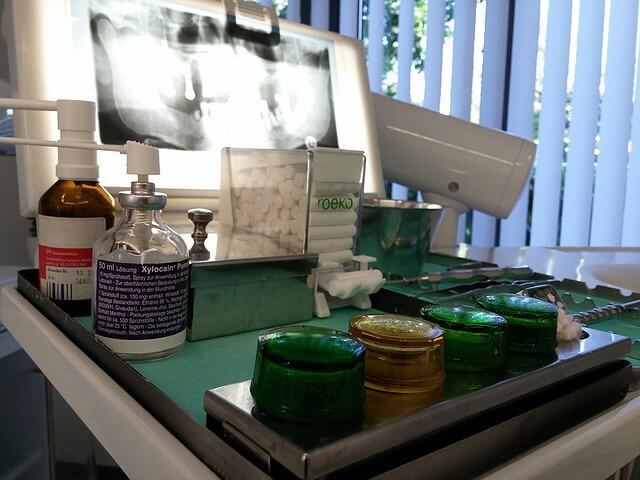Modern tooth fillings are made with material that is actually harder than the tooth they fill. However, many people are still walking about with older amalgam fillings that are not exactly permanent.
It’s very common for these fillings to fall out at some point. When this happens, the inside of the tooth is exposed and can easily get infected. Not to mention that it is potentially painful.
Of course, prevention is the best medicine so if you have fillings that were done some time ago, it is a good idea to have them removed and redone. Safe amalgam fillings removal is commonly done and nothing to worry about. If you have already lost a filling and want to know what to do, then read on for the tips.
It can get infected
The best thing to do when faced with a tooth filling that has fallen out is to see a dentist as soon as possible. The reason is that there is a very high chance of periodontal disease like infections that can happen.
The outside of a tooth is covered with hard enamel that protects it against bacteria and other diseases. Inside the tooth, there is no such protection leaving it vulnerable to bacteria and fungus that can cause a lot of problems.
It can be painful
Once the filling has fallen out of the tooth the nerves may be exposed. This will lead to a lot of pain when eating and even when you are not doing anything. If the pain is bearable for a few days you can take some ibuprofen to manage it. Clove oil-based tinctures are also very effective. A small dab on the affected tooth will numb it for a few hours. If the pain is very acute then the best bet is to see if you can get in for a visit right away.
Some cities have dental emergency rooms at the hospital where you can go when you are in a lot of pain due to your tooth. However, many will only offer extractions as a remedy and don’t perform fillings or root canals.
What to do while you wait
In addition to managing the pain, you can take some precautions to avoid infection if you must wait a while for your appointment.
Start out with some dental cement that can be bought over the counter at a local pharmacy. It is a temporary filling that can be put inside the tooth. The cavity should be very clean before putting the cement in as bacteria inside will still cause an infection.
Use a toothbrush and brush the tooth well trying to get inside the cavity. Then rinse the area well with an antibacterial mouth wash. Using a mix of water and baking soda with a couple of drops of peppermint essential oil is also a good way to disinfect the cavity.
Conclusion
Waiting for an appointment can be frustrating. Yet, by taking these precautions and managing the tooth while you wait you can be sure that your problem won’t worsen in the meantime. Do these things to minimize the risk of losing the tooth.
Article by Michaella
